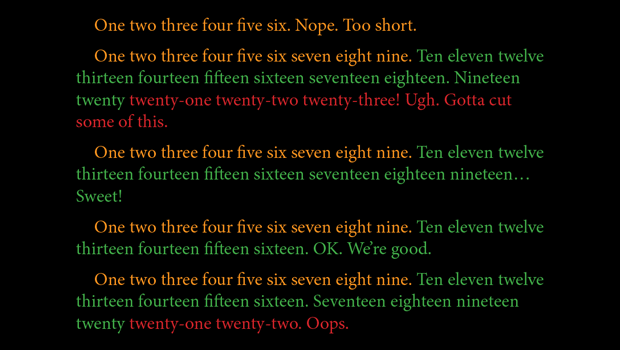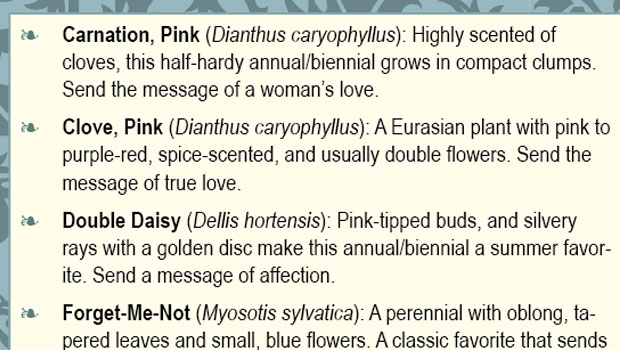Extending InDesign Nested Styles for Exceptions
Add flexibility to your nested styles with the use of nonbreaking spaces

If you’re a regular InDesign user, you probably know that InDesign can apply formatting to text inside a paragraph automatically with Nested Styles. One of the best examples of this is styling run-in headings. For example, this nested style applies a bold character style to the first two words in a paragraph:

This is awesome, but what if I need to apply it to three words? Like, in the following image, I’d like to extend it to the “III” (the third word):

One option is to edit the definition of the nested style for this one paragraph, and you can certainly do that. (Place your text cursor in the paragraph and then choose Drop Caps and Nested Styles from the Control panel menu.)
But here’s a simple trick that is perhaps even easier: Replace the space between the words with a non-breaking space. You can find this by choosing Type > Insert White Space > Nonbreaking Space — or you can choose Nonbreaking Space (Fixed Width).
I’m actually not sure why the nonbreaking space extends the nested style, but it works! In the image below, you can see (if you squint) the little ^ character that indicates a nonbreaking space when Show Hidden Characters is enabled:

Commenting is easier and faster when you're logged in!
Recommended for you

Revealing Paragraph Character Counts and Word Counts with Nested Styles in InDesign
Using InDesign's nested styles you can see at a glance the word or character cou...

InDesign Workarounds
A compendium of workarounds, fixes, and stopgaps for every InDesign user

Rekindle Your Love of Typesetting with Nested Styles
Renée Dustman walks you through using nested styles for automating repetitive ty...




